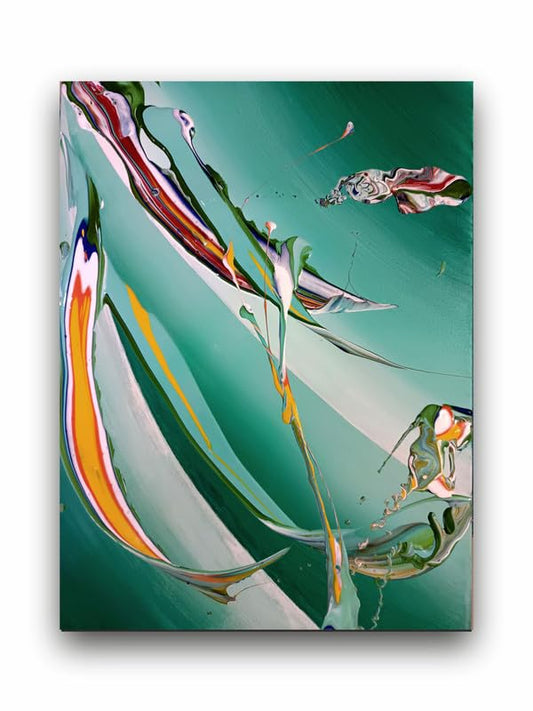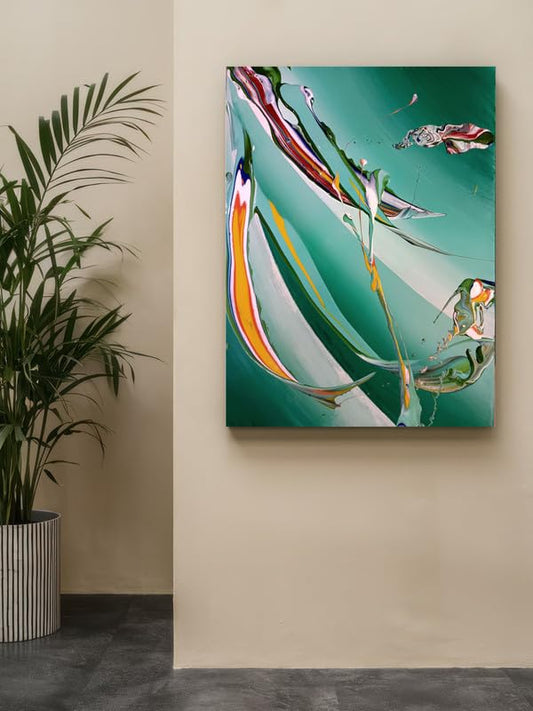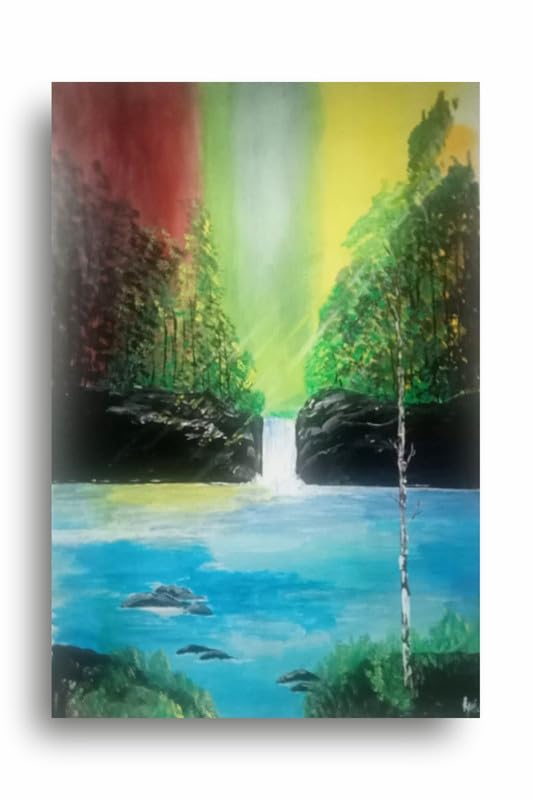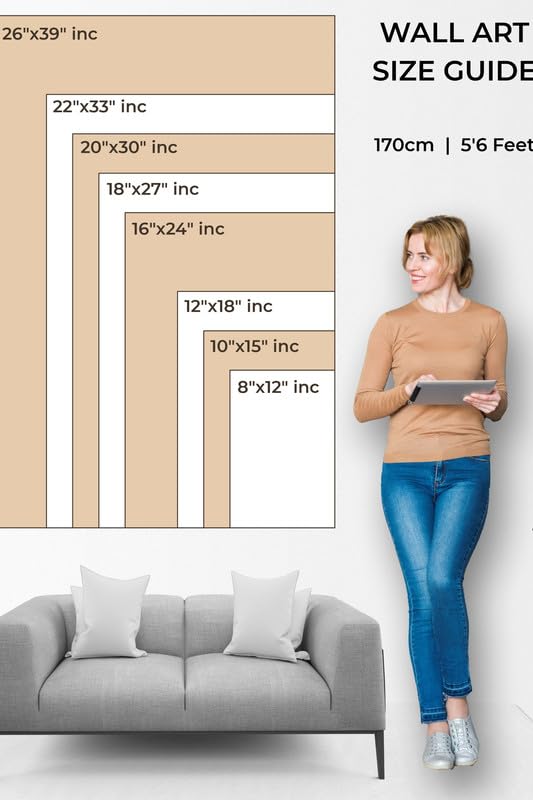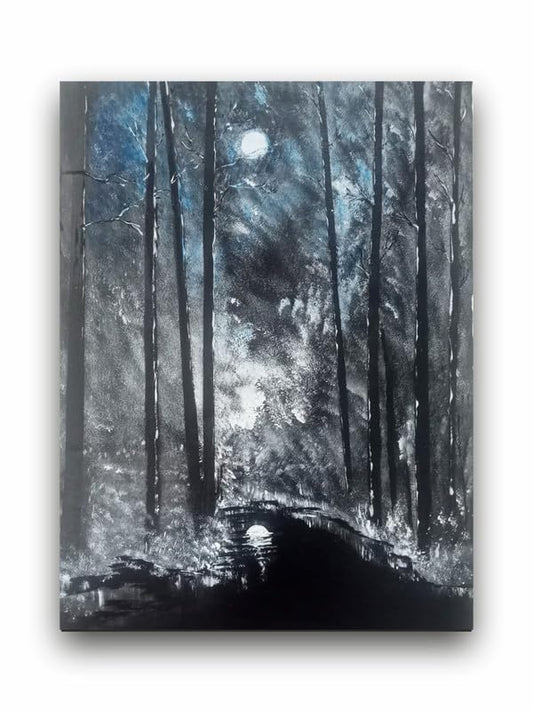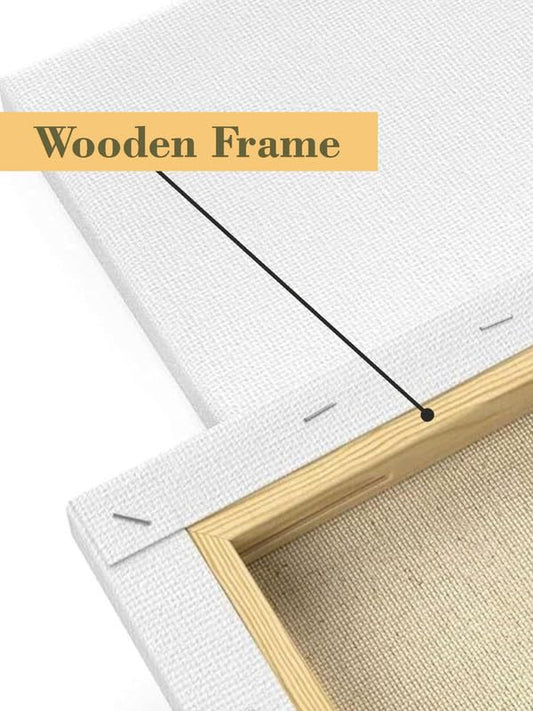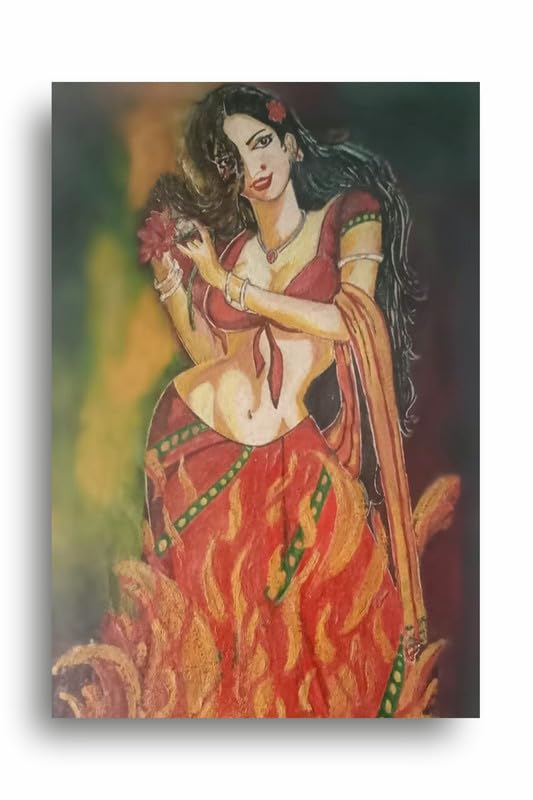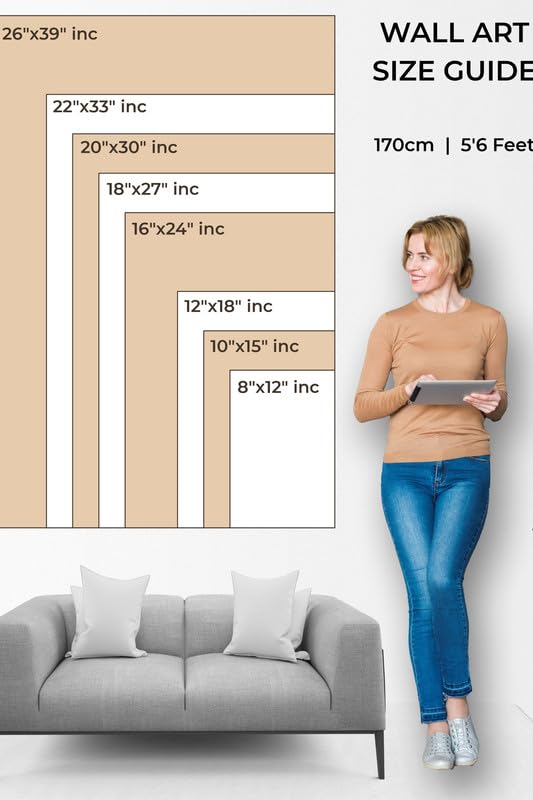
How to Make Abstract Art Using Basic Lines and Shapes
How to Make Abstract Art Using Basic Lines and Shapes
Abstract art is one of the most inspiring forms of art one can indulge in, transcending boundaries and realistic representation without any limitations. To some, abstract art is synonymous with complication and disorder; however, it's rather a simple thing to achieve-more so with basic lines and shapes. Here's how you can tap your inner artist and create beautiful abstract art using nothing but simple elements.
1. Start with a blank canvas
And it all begins on a blank sheet of paper. You don't have to have ideas sketched out or an outline because abstract art is not playing by the rules of traditional art-making. Simply remember your emotions and the statement you want your piece to convey.
2. Choose Your Shapes
Lines, squares, triangles, and circles are the elements of abstract art. Utilize these elementary geometric forms in combination to produce a fascinating composition. You can make your shapes crisp and clear or fluid and soft depending on the mood that you want to create. Play with different sizes-small, large, overlapping, and isolated-and see how they interrelate.
3. Lines to Lead the Eyes
Abstract art cannot be devoid of lines because they are the ones that would give it movement and lead the eye of the viewer to follow. You can use straight lines, curved lines, thick lines, or thin lines. Vertical and horizontal lines often portray stability and balance, while diagonal lines give energy and movement. Draw different line thicknesses to bring out contrast and depth in your artwork.
4. Playing with Colors
Next, you would color in your shapes and lines. Abstract art often employs vibrant colors for contrast, but you could do calming effects with muted colors. How you place colors has a huge impact on the effects or message you want to give. Warm tones like red, yellow, and orange always speak of energy, while cool tones like blue and green are very soothing. Do not be reluctant to throw in gradients or leave portions of the canvas empty and emphasize certain shapes or lines.
5. Try Composition
Composition is key in abstract art. Does not mean everything has to be lined up, but lines and shapes need to be composed by themselves such that they create visual interest. Consider how different shapes relate to one another and how they might convey a balance or a tension; use "rule of thirds"-divides your canvas into nine sections to place the most dynamic parts of the elements into the most interesting areas.
6. Be Imperfect
The biggest amazing thing about abstract painting is that it doesn't need to be perfect. It's okay if your lines wobble or your shapes aren't symmetrical. In fact, these wobbly lines and asymmetrical shapes can sometimes be the strength and character of the piece.
7. Let Your Emotions Guide You
Now, trust your instincts. Abstract art is a reflection of what you feel on the inside. So let your mind and feelings guide you in choosing shapes, colors, and patterns. How do you look at things? Make it work-there's no right or wrong way, and true beauty shines from you and your personal interpretation and expression.
Conclusion
In the process of abstract art using simple lines and shapes, one does more by breaking loose from all kinds of expectations than anything else. The whole power resides in simplifying forms with lines, shapes, and colors-well configured together to create visually astounding yet emotionally powerful pieces. So, go ahead, get those materials out, and start creating your masterpiece. It might just be lurking around the corner in a few lines.

